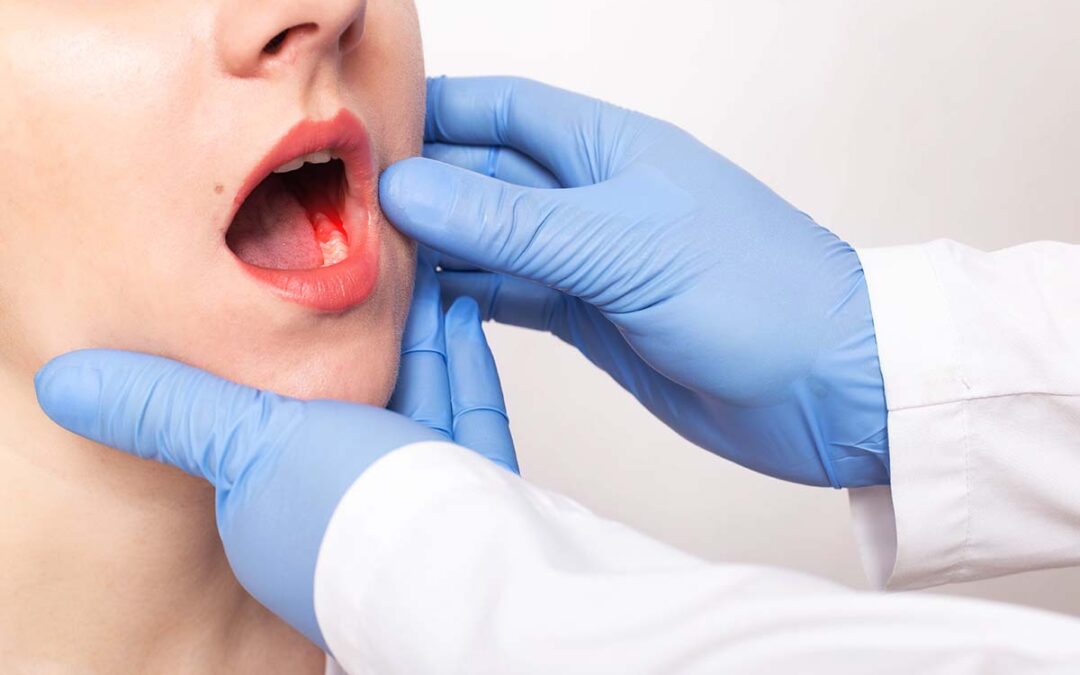When it comes to maintaining oral health, most people focus on brushing and flossing their teeth, but it’s just as important to care for your gums. Healthy gums are the foundation for strong teeth, and without proper care, they can develop gum disease. Gum disease, also known as periodontal disease, is a serious condition that can lead to tooth loss and other health complications. Fortunately, gum disease is preventable with the right care and attention. Here are some essential tips for preventing gum disease and maintaining healthy gums.
Understanding Gum Disease
Before diving into prevention tips, it’s important to understand what gum disease is and how it develops. Gum disease starts with the buildup of plaque, a sticky film of bacteria that forms on your teeth. If plaque isn’t removed through regular brushing and flossing, it can harden into tartar, which can irritate and inflame the gums, causing gingivitis—the earliest stage of gum disease.
Gingivitis is characterized by red, swollen, and bleeding gums, especially when brushing or flossing. At this stage, gum disease can often be reversed with proper oral hygiene. However, if gingivitis is left untreated, it can progress to periodontitis, a more serious form of gum disease that can cause significant damage to the gums, bone, and teeth. Periodontitis can lead to tooth mobility and even tooth loss in severe cases.
Tips for Preventing Gum Disease
- Brush Your Teeth Twice a Day
One of the most effective ways to prevent gum disease is by brushing your teeth properly and regularly. Brush your teeth at least twice a day using a soft-bristled toothbrush and fluoride toothpaste. Brush for at least two minutes to ensure that you’re thoroughly cleaning all surfaces of your teeth and gums.
Make sure to brush your gum line, where plaque tends to accumulate. Use gentle, circular motions to avoid irritating your gums. A hard brushing motion can damage your gums and contribute to gum recession over time.
- Floss Daily
Flossing is essential for removing plaque and food particles between your teeth and along the gum line—areas that your toothbrush may not reach. Flossing helps reduce the buildup of plaque, which can lead to gum disease.
To floss correctly, break off a piece of floss about 18 inches long and gently slide it between your teeth, curving it around each tooth in a C-shape. Be careful not to snap the floss against your gums, as this can cause injury and irritation.
- Use an Antiseptic Mouthwash
Mouthwash is a great complement to brushing and flossing, as it can help reduce the bacteria in your mouth and freshen your breath. An antiseptic mouthwash containing ingredients like chlorhexidine or essential oils can kill harmful bacteria and help prevent gum disease.
Look for a mouthwash that’s specifically designed for gum health. Swish the mouthwash for 30 seconds after brushing and flossing to maximize its benefits. Remember, mouthwash should never replace brushing and flossing but should be used as part of a comprehensive oral hygiene routine.
- Eat a Balanced Diet
Your diet plays a significant role in your gum health. Foods high in vitamins and minerals, especially vitamin C, help maintain healthy gums. Vitamin C is essential for collagen production, which keeps the gums strong and resilient. If you’re not getting enough vitamin C, your gums may become more susceptible to infection and inflammation.
In addition to vitamin C, eat foods that are rich in antioxidants, like fruits, vegetables, and nuts. These nutrients help reduce inflammation and support your immune system in fighting off harmful bacteria in the mouth.
On the flip side, avoid excessive consumption of sugary and processed foods. Sugar feeds harmful bacteria in the mouth, leading to plaque buildup and an increased risk of gum disease. Try to limit sugary snacks and drinks and choose healthier alternatives when possible.
- Quit Smoking
Smoking is one of the most significant risk factors for gum disease. It weakens your immune system, making it harder for your body to fight off infections, including gum infections. Smoking also reduces blood flow to the gums, making it harder for the tissues to heal and regenerate.
If you smoke, quitting is one of the best things you can do for your gum health. Talk to your healthcare provider about smoking cessation programs and resources that can help you quit.
- Visit Your Dentist Regularly
Even if you follow a diligent oral hygiene routine at home, it’s still important to visit your dentist regularly for professional cleanings and checkups. Dentists can remove plaque and tartar buildup that can’t be eliminated with brushing and flossing alone. Regular visits also allow your dentist to monitor your gum health and detect any early signs of gum disease.
Most dental professionals recommend seeing your dentist every six months for a checkup and cleaning. However, if you have a higher risk of gum disease, such as if you smoke or have diabetes, your dentist may recommend more frequent visits.
- Monitor Your Gum Health
Keep an eye on your gums for any signs of trouble. Healthy gums should be pink and firm, not red, swollen, or bleeding. If you notice your gums bleeding when brushing or flossing, or if they appear inflamed or receding, it may be a sign of gum disease.
If you experience any changes in your gum health, schedule a visit to your dentist as soon as possible. Early intervention is key to preventing further damage and treating gum disease before it becomes more serious.
Conclusion
Preventing gum disease is essential for maintaining a healthy smile and overall well-being. By following a solid oral hygiene routine, eating a balanced diet, quitting smoking, and visiting your dentist regularly, you can significantly reduce your risk of gum disease and enjoy long-lasting oral health. If you’re concerned about your gum health or have noticed any troubling symptoms, don’t hesitate to reach out to your dentist for advice and guidance. We recommend burley dentist.


